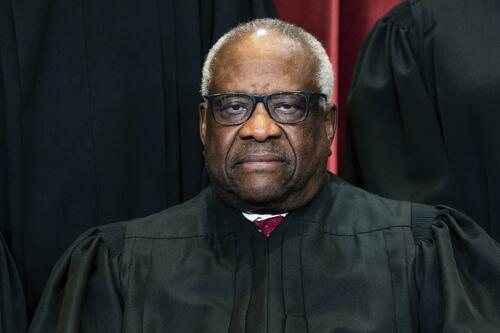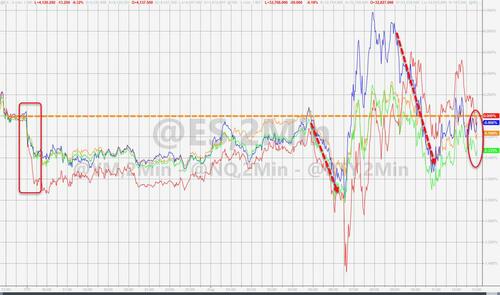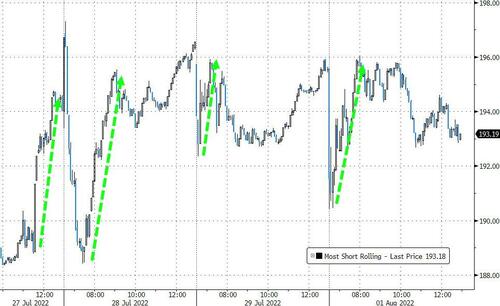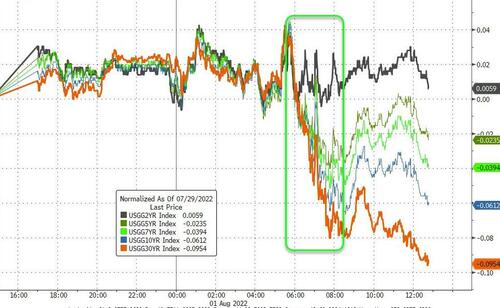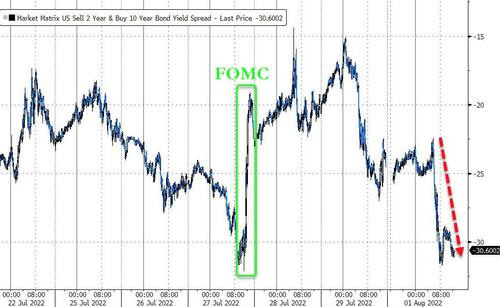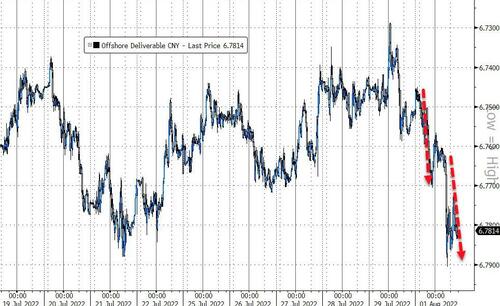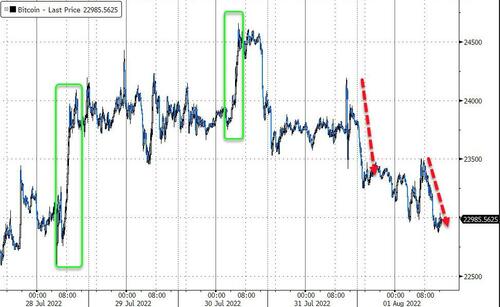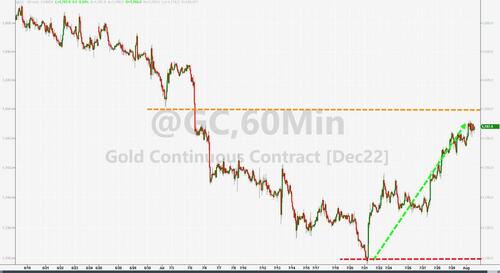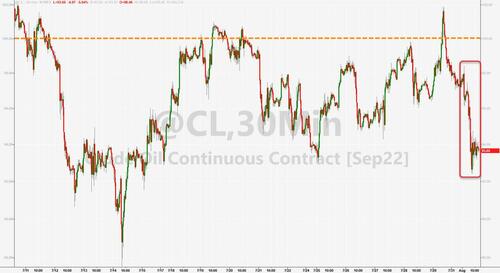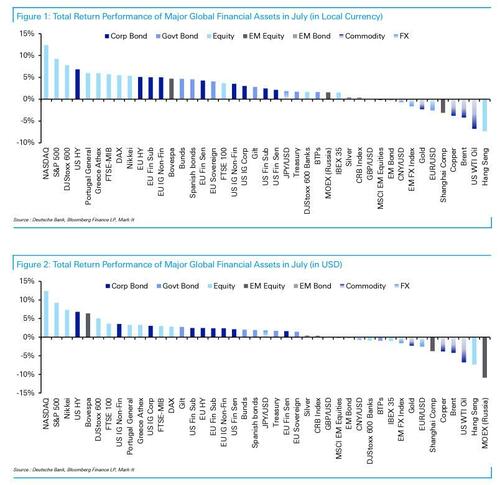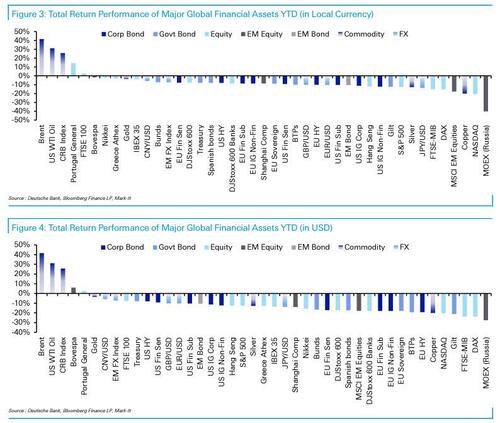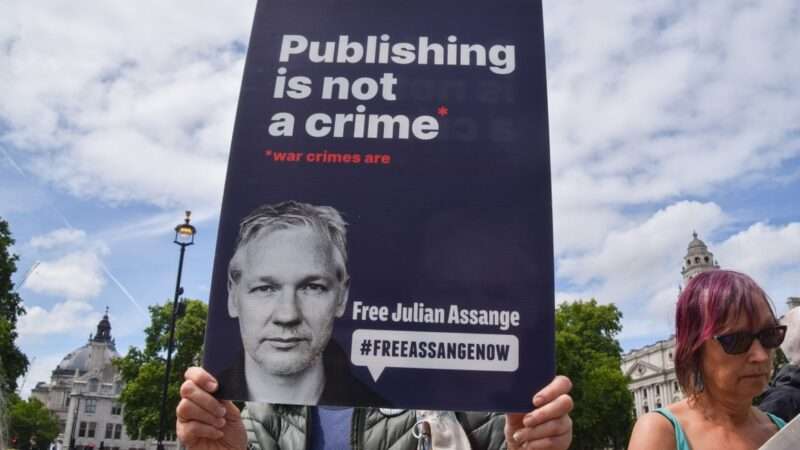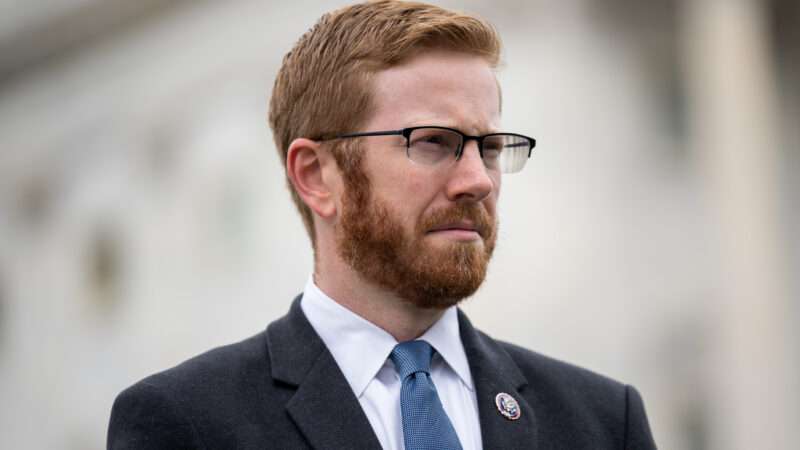
Rep. Peter Meijer is a Republican congressman from Michigan. His district was previously represented by Justin Amash, the first Libertarian member of Congress. Meijer is a Republican rather than a Libertarian, but many aspects of his record are friendly to the principles of limited government. He has often channeled Amash’s independent streak, most notably by voting to impeach President Donald Trump for inciting the January 6 riot at the U.S. Capitol.
Meijer’s defiance of the Trump wing has earned him a primary challenger: John Gibbs, an ardent Trump loyalist who has backed the former president’s stolen-election claims (while also spreading conspiracy theories about John Podesta and Democrats in general). Some Republican primary voters cannot forgive any perceived betrayal of Trump, no matter how well deserved, and thus, it’s a close race. The primary election is Tuesday, August 2.
If Gibbs defeats Meijer, the challenger will have benefited from the financial support of a very curious source: the Democratic Congressional Campaign Committee (DCCC), an arm of the party that works to elect Democrats. The DCCC spent $435,000 on an ad campaign aimed at boosting Gibbs in the final days before the primary. That’s no trivial sum of money: As Meijer pointed out in a recent article for Bari Weiss, it was far more money than Gibbs had raised on his own and 100 times as much money as Trump himself had donated to Gibbs. The DCCC is trying harder to elect Meijer’s election-denying far-right challenger than Trump is.
The ad itself is quite insidious: It’s aimed at conservative Republicans and takes the approach of lamenting that Gibbs is “too conservative” and “handpicked by Trump.” The DCCC is clearly highlighting Gibbs’ proximity to Trump in hopes that enough of them will be tricked into spurning Meijer. Democrats’ reason for doing this is obvious: They think Gibbs will be easier to defeat in a general election.
Politics is a dirty game, and both parties routinely engage in this sort of brinkmanship, doing whatever it takes to win more seats. But Democrats boosting Gibbs are squandering considerable moral high ground they might have otherwise possessed on the issue of the so-called existential threat to democracy.
Democrats have claimed that Trump’s hold on the Republican Party is a special threat to the entire U.S. political system, given that Trump has denied the outcome of the 2020 presidential election. Trump also pressured his allies in government to prevent the transfer of power to President Joe Biden. The January 6 Committee hearings are intended to conclusively show that Trump and his ilk are morally unfit for office—and that this reality transcends mere partisan disagreement over public policy.
But how on earth can Democrats continue to make that argument with a straight face, if they are willing to risk helping to elect a MAGA Republican over a more conventional Republican in order to gain a slight political advantage?
It should be noted that Josh Shapiro, the Democratic candidate for governor of Pennsylvania, did the same exact thing: He ran ads aimed at ensuring that Doug Mastriano, an election-denying state senator who participated in the protests surrounding the U.S. Capitol on January 6, would win the Republican primary and become his opponent. After this came to pass, Shapiro unsurprisingly performed a heel turn, denouncing Mastriano as “a dangerous extremist” who spreads conspiracy theories and wants to restrict the right to vote.
“If Democrats like Shapiro are going to position themselves as defenders of democracy standing against Republican attempts to undermine elections, they really ought to not help those same Republicans get elected,” wrote Reason‘s Eric Boehm.
In his article for Weiss’ Substack, Meijer pointed to several other examples:
It’s not just my race in Michigan. While claiming the moral high ground, Democrats have been busy rewarding candidates like my opponent across the country:
- Colorado: Democrats have spent $4 million on TV and digital ads to elevate January 6th attendee Ron Hanks over moderate businessman Joe O’Dea in the GOP Senate primary.
- Pennsylvania: Democratic gubernatorial candidate Attorney General Josh Shapiro boosted the election-denying, January 6-attending GOP candidate Doug Mastriano in television ads, spending in one ad double what Mastriano had spent on his own campaign. Mastriano is now the gubernatorial nominee in a swing state.
- Maryland: The Democratic Governors Association spent hundreds of thousands of dollars boosting Dan Cox, who not only attended the rally on January 6 but called Mike Pence a traitor as the violence unfolded.
- Illinois: The Democratic Governors Association dropped $35 million on Super PAC ads targeting moderate Republican mayor of Aurora Richard Irvin and elevating his election-denying, Trump-endorsed opponent, Darren Bailey, who ultimately won the nomination.
This strategy has backfired spectacularly on Democrats in the past. It was an open secret that the 2016 Hillary Clinton campaign was actively rooting for Trump to win the Republican presidential primary campaign; Clinton staffers reasoned that Trump would be easier for her to beat than the other candidates. We all know how that turned out.
Expecting political figures to be more forthright is obviously a hopeless endeavor. But there’s something particularly craven about a political party cynically donating nearly half a million dollars to a stop-the-steal extremist in hopes that he takes out a more reasonable, formidable obstacle to securing that party’s control over the House—all while that party’s members are collectively weeping at democracy’s supposed grave. Those are some crocodile tears.
The post Rep. Peter Meijer's Trump-Backed Primary Challenger Got a $435,000 Gift From Democrats appeared first on Reason.com.
from Latest https://ift.tt/HtcwXA6
via IFTTT

